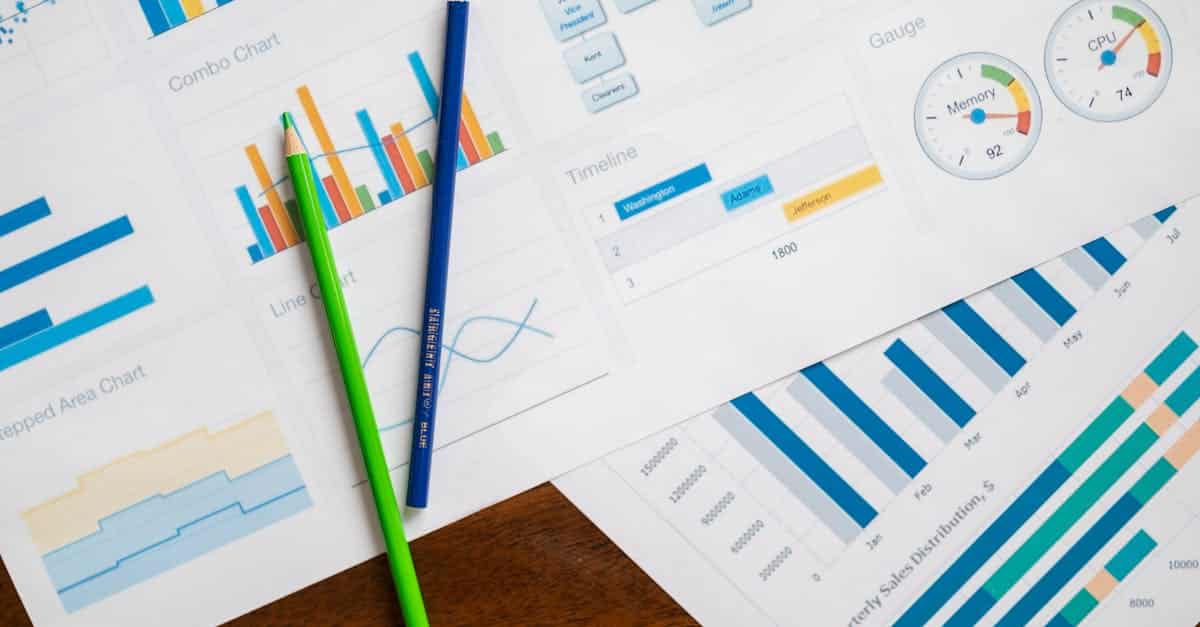The benchmarking is a key step for small businesses wishing to position themselves effectively in the market. By seeking to compare their performance with that of their competitors, they can identify best practices and learn winning strategies. But where to start this process? With a structured method, it is possible to analyze the strengths and weaknesses of one’s business while integrating valuable insights for sustainable development. These first steps will initiate a process of continuous improvement and informed decision-making in a competitive environment.
🔥 Nous recommandons Ideamap
Ideamap est l’outil idéal pour un brainstorming ou un projet collaboratif. Grâce son interface facile et à ses fonctions IA, Ideamap booste votre créativité tout en favorisant une meilleure organisation de vos idées pour atteindre vos objectifs.

The benchmarking is an essential method for small businesses looking to improve their performance and position themselves effectively in the market. This process involves comparing the business to other players, often direct competitors, to identify best practices and assess where it stands in relation to them. By adopting this approach, small businesses can not only optimize their internal processes but also better understand market expectations and trends in their sector.
To start a benchmarking process, it is crucial to clearly define the objectives of this approach. Whether to increase productivity, reduce costs, or improve the quality of products or services, these objectives will guide the choice of comparison criteria. Next, selecting target companies is a strategic step; it is preferable to choose companies that share similar characteristics, both in terms of size and industry sector.
Once the targets are selected, the next step is to examine the performance criteria. What aspects will be analyzed? This may include elements such as sales, operational costs, customer service, or even innovation. It is recommended to develop an analysis grid that will collect relevant and easily comparable information. This grid should be comprehensive enough to capture all necessary aspects for the evaluation.
Data collection is a step that requires a certain degree of rigor. This may involve online research, interviews with key industry players, or analysis of professional publications. Digital tools can facilitate this task, providing accurate data and enabling quick and effective comparative analyses. For more information on digital tools, you can consult this article on digital benchmarking.
After collecting the data, it is time to analyze it. Here, the idea is to highlight performance gaps compared to benchmark companies. What practices have led to better performance? Where do the weaknesses lie? The analysis must be objective and based on tangible data. Analytical tools can also help illustrate these comparisons visually, thus facilitating the understanding of results.
Finally, it is essential to implement the lessons learned from the benchmarking. This requires effective communication within the company to ensure that all employees understand the changes to be made and why they are necessary. Additionally, it may be useful to develop a concrete action plan, detailing the steps to integrate the best practices identified. To avoid making common mistakes during this process, it may be wise to refer to specialized resources, such as those presented in this article on mistakes to avoid in benchmarking.
In summary, benchmarking is a valuable tool for small businesses that want to reinvent themselves and strengthen their position in a competitive market. By engaging in this process methodically, they can not only improve their efficiency but also enhance their business strategy and position in the market.

FAQ on Benchmarking for Small Businesses
Q: What is benchmarking? Benchmarking is a method that involves comparing the performance of your business to that of other players, in order to identify best practices and improve your competitiveness.
Q: Why is benchmarking important for small businesses? Benchmarking allows small businesses to better understand their position in the market, learn from the successes of competitors, and optimize their processes to differentiate themselves.
Q: Where to start the benchmarking process? Start by defining your objectives and the areas you wish to compare. Then identify the companies or sectors to analyze.
Q: What criteria to use for benchmarking? Criteria can include elements such as financial performance, customer satisfaction, and innovation in the products or services offered.
Q: How to identify competitors to analyze? Identify direct and indirect competitors in your industry by conducting a market analysis and studying their business practices.
Q: What method to follow for good benchmarking? Follow a structured method in four to five steps, which includes data collection, comparative analysis, and developing an action plan.
Q: What digital tools can facilitate benchmarking? Tools such as data analysis software and online comparison platforms can help collect and analyze the necessary information.
Q: How to measure the effectiveness of benchmarking? Evaluate the results achieved against the established objectives, and adjust your actions based on the results to continuously improve your performance.
Q: Can benchmarking be applied continuously? Absolutely, benchmarking should be a continuous process that allows you to remain competitive, regularly assess your performance, and adapt to market changes.














